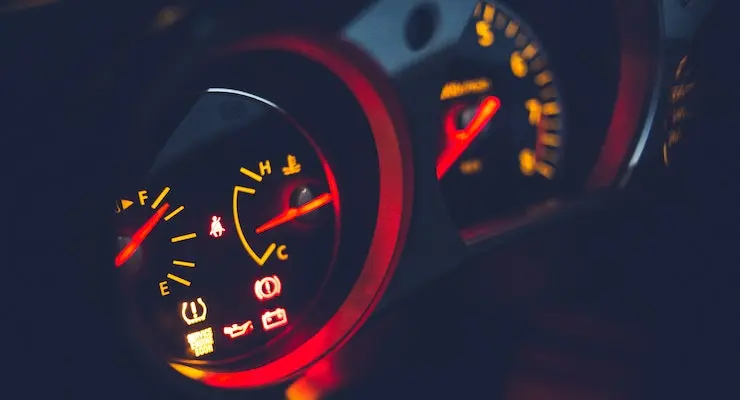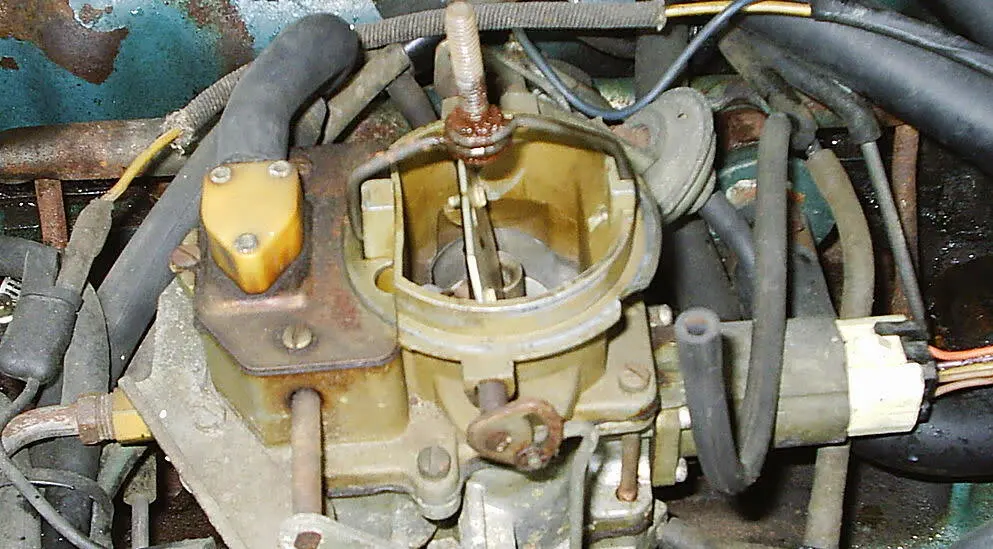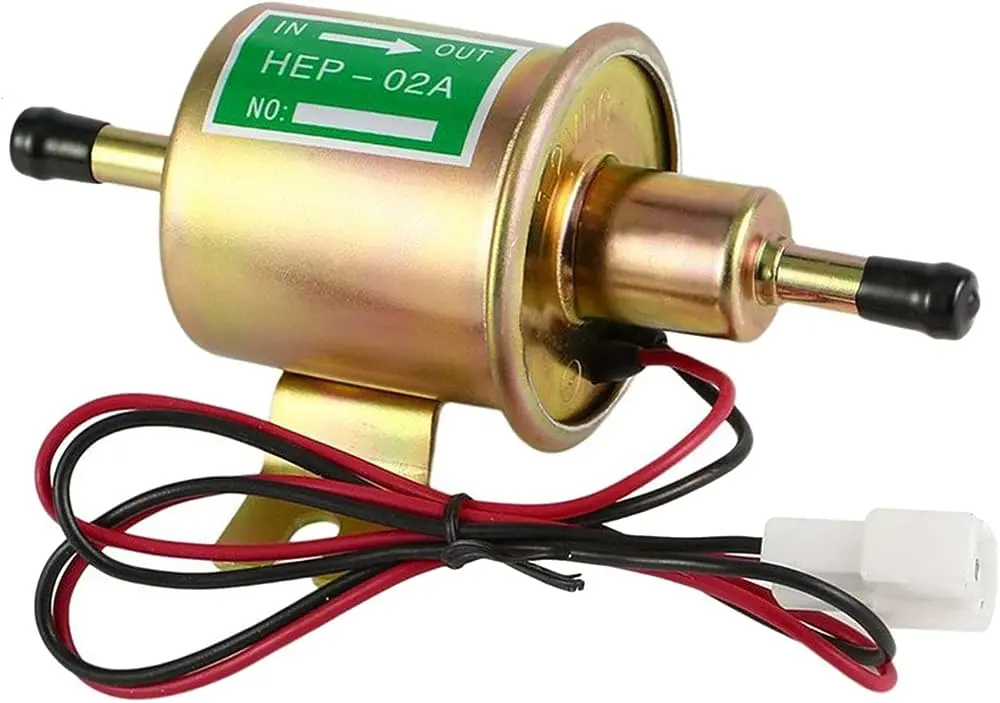Changing a fuel pump can significantly improve your vehicle’s performance, but it’s not uncommon to encounter issues during or after the replacement process. In this comprehensive guide, we will delve into the common problems after changing fuel pump and provide expert solutions to help you overcome these challenges seamlessly. Whether you’re a DIY enthusiast or seeking insights before heading to the mechanic, this article has you covered.
Navigating the Roadblocks
You’ve just swapped out your vehicle’s fuel pump, hoping for a smoother ride and better fuel efficiency. However, what do you do when you encounter unexpected problems that make you second-guess your decision? From sputtering engines to poor acceleration, understanding and troubleshooting these issues can save you time, money, and frustration. So lets dive into the common problems after changing fuel pump.
Common Problems After Changing Fuel Pump
Here is a detailed guide to common problems after changing fuel pump and their solutions.
Fuel Pressure Fluctuations

Inadequate fuel pressure can lead to engine misfires, sluggish performance, and even stalling. If you’re experiencing irregular fuel pressure, its one of the common problems after changing fuel pump.
- Clogged Fuel Filter: A dirty fuel filter can restrict fuel flow, causing pressure fluctuations. Solution: Replace the fuel filter and recheck the pressure.
- Faulty Pressure Regulator: A malfunctioning pressure regulator can disrupt the fuel pressure balance. Solution: Test the pressure regulator and replace if necessary.
- Leaks in Fuel Lines: Leaky fuel lines can lead to pressure loss. Solution: Inspect the lines for leaks and replace or repair as needed.
Engine Sputtering and Hesitation
Is your engine emitting sporadic sputtering sounds or hesitating during acceleration? This can be indicative of underlying issues:
- Air Intake Problems: Insufficient air intake can disrupt the fuel-air mixture. Solution: Check the air filter and intake system for blockages.
- Vacuum Leaks: Leaks in the vacuum system can upset the air-fuel balance. Solution: Inspect vacuum lines and replace any damaged components.
- Faulty Spark Plugs: Worn-out spark plugs can lead to incomplete combustion. Solution: Replace the spark plugs and ensure proper gap settings.
Erratic Fuel Gauge Readings

After a fuel pump replacement, you might notice erratic readings on your fuel gauge. Here’s what could be causing it:
- Loose Wiring: Poorly connected wiring can lead to gauge inaccuracies. Solution: Check and secure all electrical connections.
- Faulty Sending Unit: A malfunctioning sending unit can provide incorrect fuel level readings. Solution: Test the sending unit’s resistance and replace if needed.
- Calibration Issues: The fuel gauge might require calibration after a pump replacement. Solution: Consult your vehicle’s manual for calibration instructions.
Troubled Engine Start

The most common problems after changing fuel pump is that their engine won’t start or starts hard. Sometimes the engine will die while you’re moving.
If your engine won’t start or is hard to start, it’s because the new fuel pump isn’t putting out enough gas. Most cars need air between 60 and 80 PSI to run well.
If you don’t have enough fuel flow, it’s usually because the new pump isn’t strong enough or because one of the lines wasn’t tightened correctly, letting fuel leak out.
Solution: First, check again to make sure all the fuel lines are tight and there are no leaks. If you have a leak big enough to cause low fuel pressure, you should be able to see it. Petrol will leak from somewhere along your fuel lines.
If there are no leaks, it’s likely that the pump is too weak for your car. You’ll need a fuel pressure tester to check this.
Disconnect the fuel line from the fuel filter, put the pressure gauge in place and then connect a hose to the line that was connected to the filter. Then you can get an exact reading of how much fuel pressure you have.
Check your car’s owner’s manual again to make sure you know what the right range of fuel pressure is. If the number is outside of the right pressure range, you may need a different fuel pump. If the range is right, you might have a different problem that a mechanic will have to figure out.
Whirring Noise
One of the common problems after changing fuel pump, car owners may hear a loud whirring sound coming from their fuel tank. If the fuel pump is working right, it should make a faint buzzing sound, but when the car is going, you usually can’t hear it. If you can hear noise coming from the back of your car, where the fuel tank is, you probably have a problem with the fuel pump.
This happens when the new fuel pump is broken or wasn’t put in correctly.
Solution: Check all the fuel lines and wiring links. If you have a fuel pressure gauge, check the pressure. It will almost certainly be low.
You can also try taking the pump out and putting it back in, making sure to follow the instructions carefully. If the problem keeps happening, it’s likely that you have a broken part.
Vapor Lock

Vapor lock occurs when fuel vaporizes before reaching the engine, causing stalling and rough idling. Combat this problem by considering the following:
- Excessive Heat: High temperatures in the engine compartment can trigger vapor lock. Solution: Install heat shields or insulation to protect fuel lines.
- Inadequate Fuel Pressure: Insufficient pressure can contribute to vaporization. Solution: Check fuel pressure and address any issues with the pump or related components.
